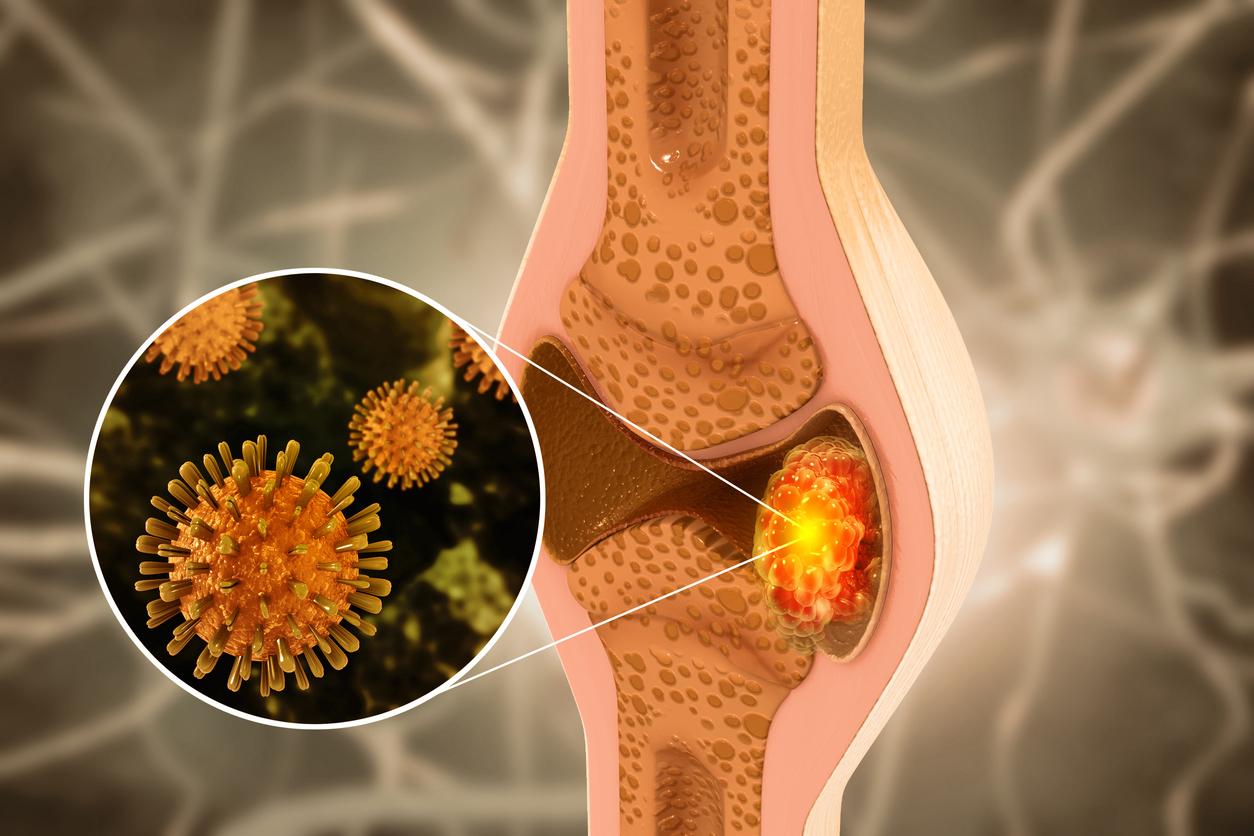
strange spots and growing spots
Skin cancer is the most common form of cancer in the Netherlands. It is diagnosed in about 70,000 people every year. Early detection helps limit the consequences. What are the symptoms?
Skin cancer can happen to anyone, but some people are more at risk than others. People who often lie in the sun without protection, for example, or with a large number of (deviant) moles. And light-skinned people are more at risk than dark-skinned people.
Different shapes
carcinoma
Skin cancer almost always occurs in the epidermis. The two forms of skin cancer that arise from the cells of the epidermis itself, basal cell carcinoma and squamous cell carcinoma, are the most common. Together they make up about 90 percent of skin tumors.
Melanoma
A third form of skin cancer is melanoma. This is skin cancer that arises through pigment cells in the skin. moles are an accumulation of these pigment cells. A melanoma grows quickly and is malignant. Not only moles can develop into a melanoma, but it can arise anywhere on the skin.
Premalignant abnormality
There are skin lesions that are not yet cancer, but may become. This early stage of cancer is called a premalignant condition. The most common indication of skin cancer is a change in the skin, such as a rough patch that won’t go away, a wound that won’t heal, or a change in the color or size of a pre-existing skin condition, such as a mole. Actinic keratosis is the most common.
actinic keratosis
Actinic keratosis mainly occurs in older people, but can also develop in younger people, under the influence of too much ultraviolet radiation. It is a horny spot that looks a bit like a wart or an eczema spot. The skin feels a bit rough. Scratching it may cause a small wound.
shiny bump
However, not all precancerous skin cancers express themselves as actinic keratosis. Sometimes a waxy, pale, smooth, shiny bump appears suddenly. In other cases, a firm red lump develops that can sometimes bleed or form a crust. It can also happen that a mole suddenly bleeds or changes color or shape.
moles
In some people with many pigment spots, the risk of skin cancer is already greater; they then have a large number of – whether or not deviating – moles all over the body. We call this dysplastic nevi. Dysplastic nevi differ from each other not only in size, but also in shape and color.
What to do?
A premalignant condition can turn into a squamous cell carcinoma. That is why it is important to regularly examine your body for strange spots, bumps and changing moles. If you are not sure, always go to your doctor.
The doctor will assess the change in the skin and remove the spot if necessary. You can also be referred to a dermatologist or a (plastic) surgeon. If this specialist suspects that there is skin cancer, a piece of the tissue will be removed for examination. This is usually done under local anaesthetic. If the suspicion of skin cancer is very high, the specialist can immediately remove the spot in its entirety. A pathologist then examines the tissue obtained under the microscope. This is the only way to definitively determine whether it is cancer and which form of skin cancer it is.
If skin cancer is detected in time, it is treatable. In severe forms of skin cancer, such as melanoma, early recognition and therapy even life-saving. The duration and form of such treatment depends on the stage of the skin cancer and the type of cancer.
The Symptoms of Skin Cancer
• A birthmark thickens, changes color or takes on an erratic shape
• Itching of a birthmark
• A scab or sore on a mole
• Bleeding moles
• Pale pink skin lesions with a white, rough, scaly patch in the center
• Smooth, glassy nodules that grow slowly, possibly with sores and scabs around them
Sources):

















